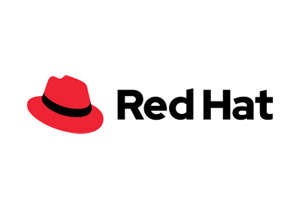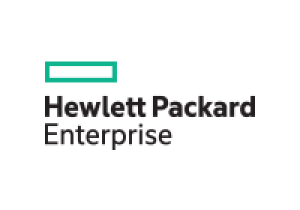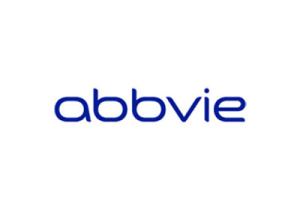
Peter Kočík
With two decades in cybersecurity and ten years at Fortinet, Peter Kočík knows the threats of the digital world inside out. From tech enthusiast to team leader to manager, Peter is constantly looking for ways to take security to the next level and help customers face modern threats. His journey is proof that passion for security and innovation delivers results.
Sign in to ITAPA Health&Care 2025
-
1on2 interview
-
Zero Trust Network Access as one of the basic pillars of security in today's digital world
As it becomes increasingly common nowadays for users to work from anywhere and the number of IOT devices is on the rise, it is necessary to constantly authenticate all users and devices as they access enterprise applications and data.
To protect them, administrators must introduce so-called zero trust access and provide the least access rights. Implementing such an approach involves the need for strong authentication features, network access control tools, and application access security policies.
-
The protection of your end devices is sufficient?
Advanced attacks aimed at compromising end devices can only take a few minutes or seconds. Do you feel that their security is sufficient? Is the system that protects them able to detect sophisticated types of attacks and respond flexibly to them? -
Adaptive security for SOC teams, orchestration, automation and response
The ever-evolving threat environment and its complexity create barriers for security SOC teams and potentially leave organizations under attack. Many organizations have deployed dedicated solutions, but the increased complexity of security contributes to many problems. SOC teams have to deal with too many solutions, too many alerts to investigate through manual processes that slow response times, and a lack of trained staff to handle the expanding workload.
This pressure can be alleviated by adding orchestral, automation and response (SOAR) features to the security architecture.
SOAR is designed for SOC teams to respond effectively to the ever-increasing influx of alerts, repetitive manual processes, and lack of resources.
This patented and customizable Operations Security platform provides automated playbooks and real-time incident assessment and remediation for businesses to identify, defend, and face attacks.
-
Discussion
Dicussion of invited guests:
Ján Andraško, Binary Confidence
Roman Čupka, Flowmon Networks
Marek Kľoc, LYNX
Peter Kočík, FORTINET
Július Selecký, ESET
Marek Zeman, Tatra Banka -
AI based Virtual Security Analyst for SecOps
There is no question that cyberattacks and threats—ransomware, trojans, cryptomining, worms, etc.—are here to stay, but they are also becoming increasingly sophisticated and dangerous. Cybercriminals are eagerly adopting new innovations such as artificial intelligence (AI) and automation via AI fuzzing, self-learning swarm-based attacks, and expanded Malware-as-a-Service capabilities. Meanwhile, overburdened security operations teams are stuck with traditional security resources and investigation procedures to combat the increasing volume of advanced polymorphic, known, and unknown threats. And so the question is: How to identify malicious patterns in massive amounts of data with your short-staffed security teams? -
Secure SD-WAN
-
Fortinet Security Fabric with AI
-
Security of critical infrastructure without a compromise!
The importance of security of current industrial systems (SCADA/ICS) and critical infrastructure should be obvious. But is it really so?



















